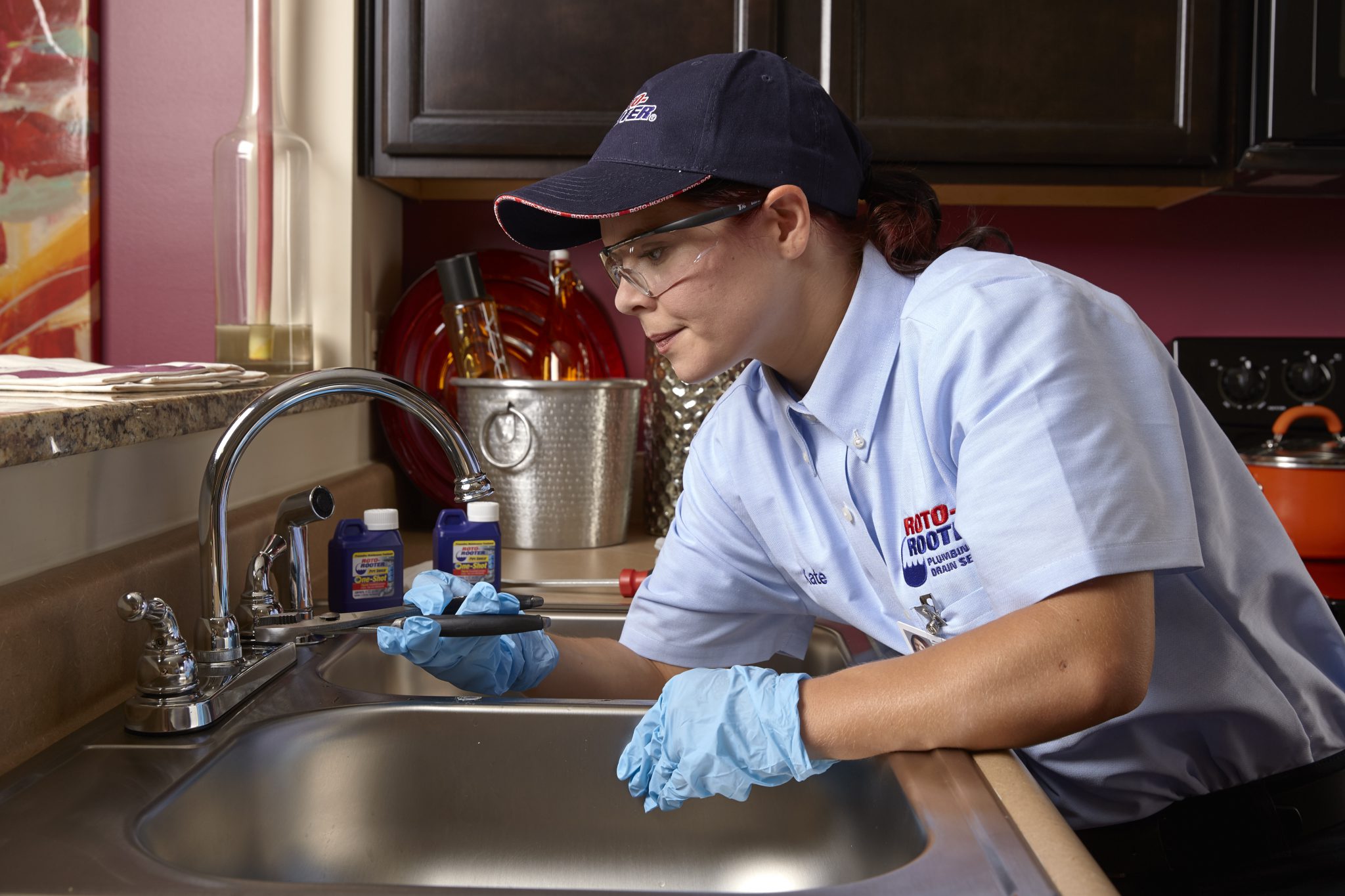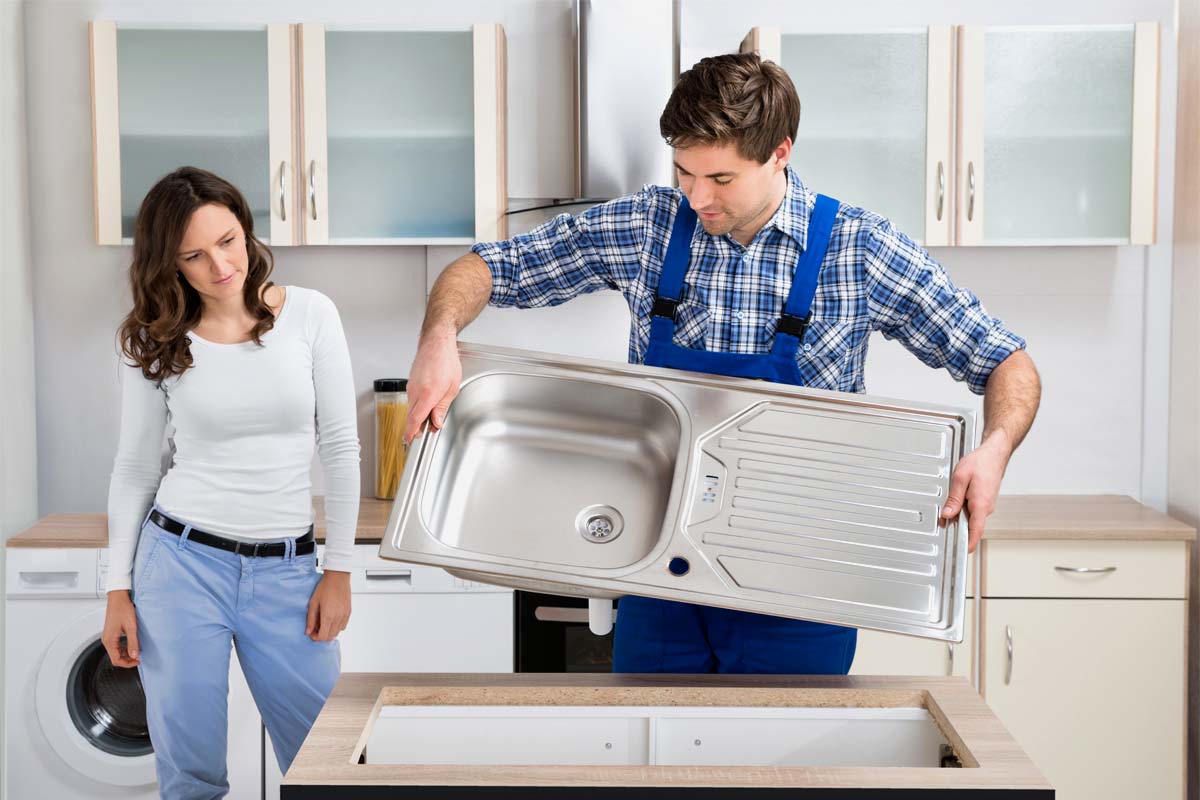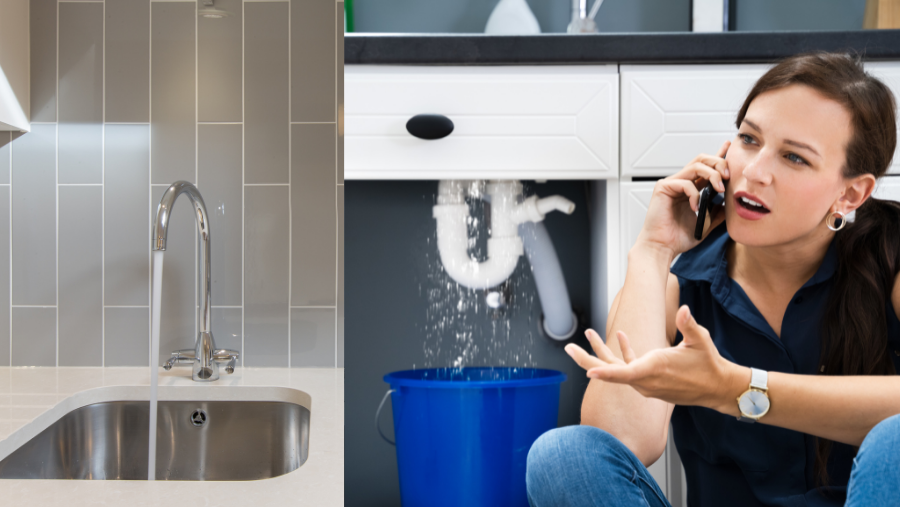1. How to Repair a Plastic Kitchen Sink
Plastic kitchen sinks are a popular choice for many homeowners due to their affordability and durability. However, like any other fixture in your kitchen, they are prone to wear and tear over time. From small cracks and scratches to large holes and discoloration, plastic sinks can suffer from a variety of damages. Fortunately, most of these issues can be easily repaired with the right tools and techniques. In this article, we will discuss the steps you can take to repair your plastic kitchen sink and make it look as good as new.
2. DIY Plastic Kitchen Sink Repair
For minor damages such as scratches and small cracks, you can opt for a DIY repair. Start by cleaning the affected area with a mild soap and warm water. Then, use a fine-grit sandpaper to gently sand the damaged area. This will help to smooth out any rough edges and create a better surface for the repair material to adhere to.
Next, apply a small amount of plastic epoxy or acrylic repair paste to the damaged area. Use a putty knife to spread it evenly and fill in any gaps. Make sure to follow the manufacturer's instructions for the drying time. Once the repair material has dried, sand it down again to create a smooth surface. You can then use a plastic polish to restore the shine to your sink.
3. Common Plastic Kitchen Sink Repairs
Aside from scratches and cracks, there are a few other common repairs that may be needed for plastic kitchen sinks. One of these is discoloration, which can occur due to exposure to harsh chemicals or excessive heat. To fix this issue, you can use a plastic restorer or a mixture of baking soda and water to scrub the affected area. For tougher stains, you may need to use a plastic-safe bleach or a solution of vinegar and water.
Another common issue is a loose or detached sink rim. This can cause water to leak into the cabinet below, leading to further damage. To fix this, you can use a silicone adhesive to secure the sink rim back in place. Make sure to clean the area thoroughly before applying the adhesive and use clamps to hold the rim in place while it dries.
4. Tips for Fixing a Cracked Plastic Kitchen Sink
If your plastic sink has a crack that is too large to be fixed with epoxy or repair paste, you may need to use a patching kit. These kits usually come with a patching material and a repair compound that can be used to seal the crack. Before starting the repair, make sure to thoroughly clean and dry the sink. Then, follow the instructions on the kit to apply the patch and seal the crack. Once the repair is dry, sand it down and polish the area to blend it in with the rest of the sink.
5. Plastic Kitchen Sink Repair: Step-by-Step Guide
If you are unsure about how to repair your plastic kitchen sink, here is a step-by-step guide that you can follow:
Step 1: Identify the damage and assess if it can be repaired with a DIY method or if you need professional help.
Step 2: Clean the sink thoroughly with a mild soap and warm water.
Step 3: For minor damages, sand the affected area and apply repair paste or epoxy according to the manufacturer's instructions.
Step 4: For larger damages, use a patching kit or consult a professional for the best solution.
Step 5: Once the repair is dry, sand it down and polish the area to blend it in with the rest of the sink.
6. Best Products for Repairing a Plastic Kitchen Sink
When it comes to repairing your plastic kitchen sink, it is important to choose the right products for the job. Look for plastic-safe epoxy, repair paste, or patching kits that are specifically designed for repairing sinks. It is also a good idea to invest in a plastic restorer and polish to keep your sink looking shiny and new.
7. How to Patch a Hole in a Plastic Kitchen Sink
A hole in your plastic sink can be a major inconvenience and a potential source of more damage. To patch a hole, you can use a patching kit or a fiberglass repair kit. These kits usually come with a patching material and a repair compound that can be used to seal the hole. Clean the area thoroughly and follow the instructions on the kit for the best results.
8. Troubleshooting Common Plastic Kitchen Sink Issues
If you are experiencing issues with your plastic kitchen sink, such as a clogged drain or a leaky faucet, it may not necessarily require a repair. In some cases, a simple fix such as unclogging the drain or tightening a loose faucet can solve the problem. If you are unsure about how to troubleshoot these issues, consider consulting a professional plumber.
9. Professional Plastic Kitchen Sink Repair Services
If you are dealing with a major damage to your plastic kitchen sink or are not confident in your DIY skills, it is best to seek professional help. A professional plumber or sink repair service will have the necessary tools and expertise to fix your sink efficiently and effectively. They can also provide advice on how to prevent future damages to your sink.
10. Preventing Future Damage to Your Plastic Kitchen Sink
After repairing your plastic kitchen sink, it is important to take steps to prevent future damage. This includes avoiding using harsh chemicals or abrasive cleaners on your sink, not placing hot pots or pans directly on the surface, and being gentle while cleaning and using the sink.
With proper care and maintenance, your plastic kitchen sink can last for many years without needing any major repairs. But if you do encounter any issues, now you know how to handle them like a pro.
Why Plastic Kitchen Sink Repair is Essential for a Beautiful and Functional Home
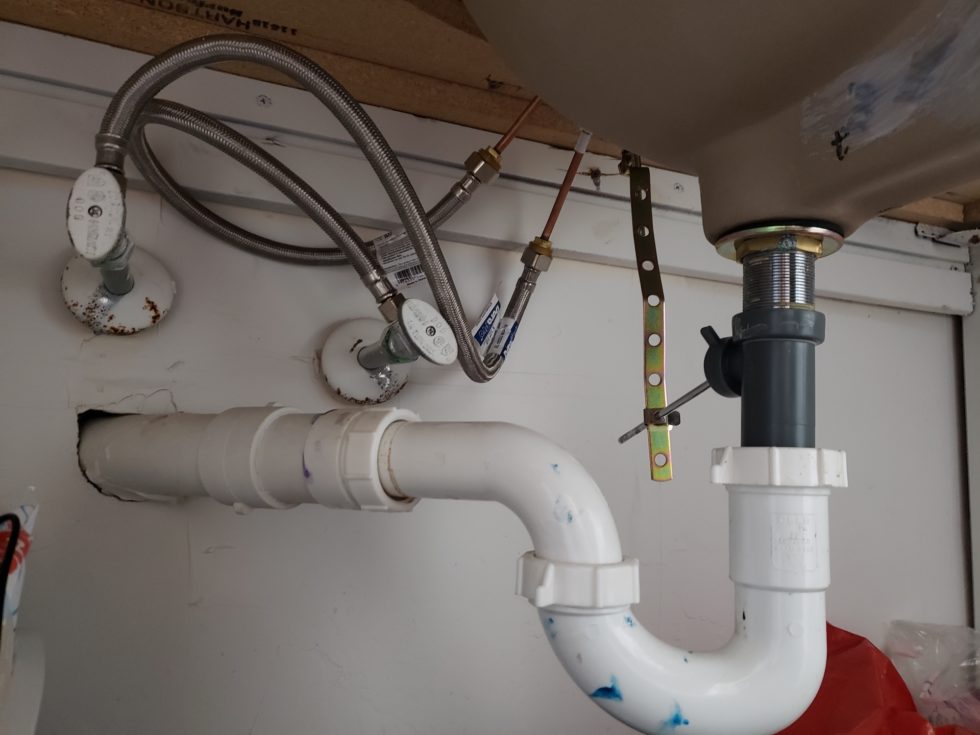
The Importance of a Kitchen Sink
 A kitchen sink is an essential part of any functional and beautiful home. It is where we clean our dishes, wash our hands, and prepare our food. A kitchen sink not only serves a practical purpose, but it also adds a touch of style and design to our kitchens. That's why it's important to keep it in good condition, and when it comes to plastic kitchen sinks, repairs are necessary to maintain its functionality and aesthetics.
A kitchen sink is an essential part of any functional and beautiful home. It is where we clean our dishes, wash our hands, and prepare our food. A kitchen sink not only serves a practical purpose, but it also adds a touch of style and design to our kitchens. That's why it's important to keep it in good condition, and when it comes to plastic kitchen sinks, repairs are necessary to maintain its functionality and aesthetics.
The Common Causes of Damage to Plastic Kitchen Sinks
 Plastic kitchen sinks can be damaged in various ways, from cracks and scratches to discoloration and warping. The most common cause of damage is daily use and wear and tear. Over time, constant exposure to hot water, harsh cleaning chemicals, and heavy pots and pans can take a toll on the sink's surface, making it more prone to damage. Additionally, improper installation and poor maintenance can also contribute to the deterioration of a plastic kitchen sink.
Plastic kitchen sinks can be damaged in various ways, from cracks and scratches to discoloration and warping. The most common cause of damage is daily use and wear and tear. Over time, constant exposure to hot water, harsh cleaning chemicals, and heavy pots and pans can take a toll on the sink's surface, making it more prone to damage. Additionally, improper installation and poor maintenance can also contribute to the deterioration of a plastic kitchen sink.
The Benefits of Repairing a Plastic Kitchen Sink
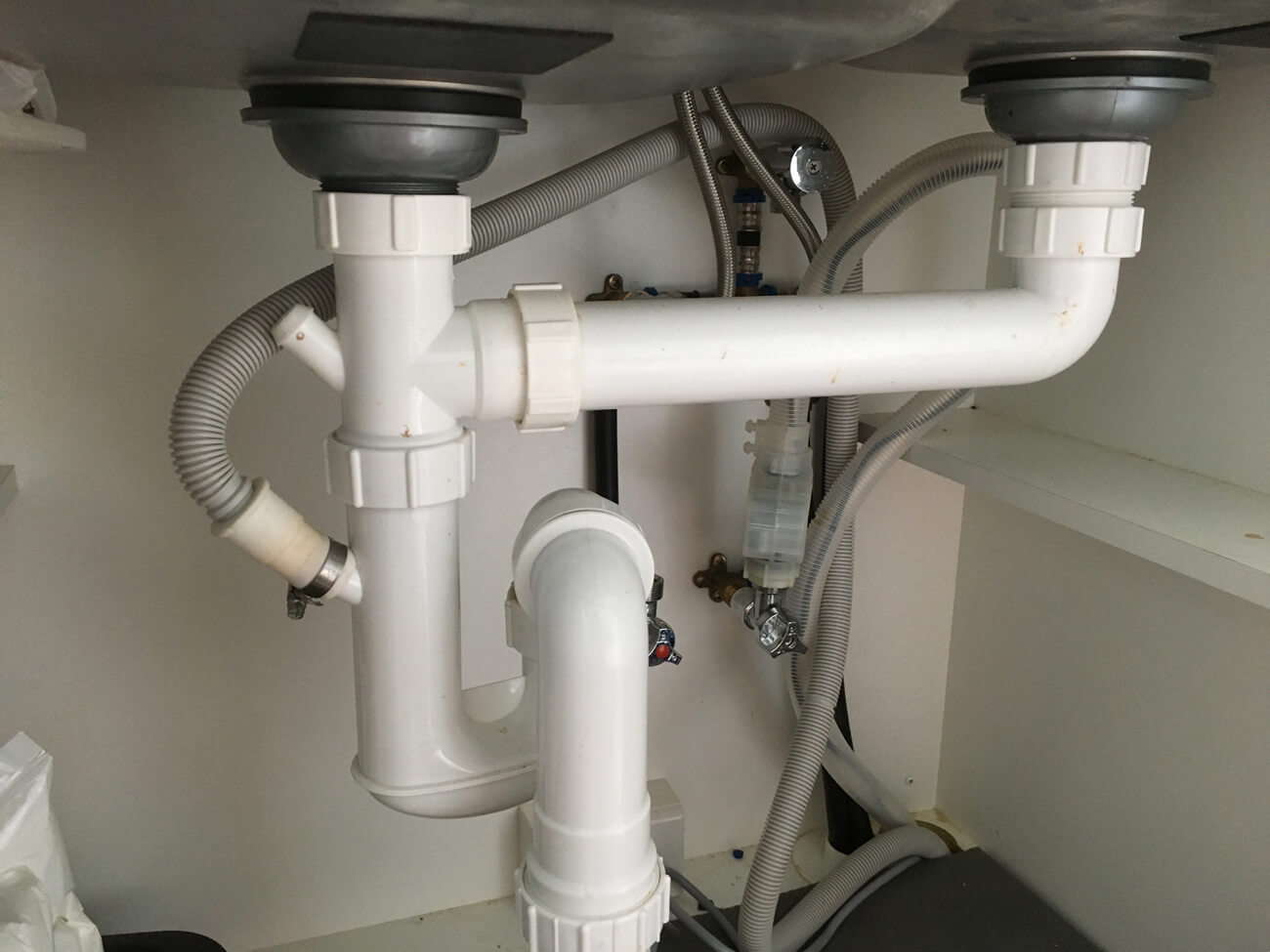 Repairing a damaged plastic kitchen sink can bring numerous benefits to your home. First and foremost, it can save you money in the long run. Instead of replacing the entire sink, which can be costly, repairing the damage can be a more budget-friendly option. It also helps in maintaining the overall value of your home. A damaged sink can significantly decrease the aesthetic appeal of your kitchen, which can affect the overall value of your property. By repairing it, you can maintain or even increase the value of your home.
Repairing a damaged plastic kitchen sink can bring numerous benefits to your home. First and foremost, it can save you money in the long run. Instead of replacing the entire sink, which can be costly, repairing the damage can be a more budget-friendly option. It also helps in maintaining the overall value of your home. A damaged sink can significantly decrease the aesthetic appeal of your kitchen, which can affect the overall value of your property. By repairing it, you can maintain or even increase the value of your home.
The Professional Solution for Plastic Kitchen Sink Repair
 While DIY methods may seem like a cost-effective solution, it's always best to seek the help of professionals for plastic kitchen sink repair. They have the expertise, tools, and materials needed to effectively repair any damage and restore your sink to its former glory. They can also provide valuable advice on how to properly maintain your sink to prevent future damage.
In conclusion, a plastic kitchen sink is not just a functional element in your home but also a design feature that adds to its overall appeal. To keep it looking and functioning at its best, regular maintenance and timely repairs are crucial. By investing in professional plastic kitchen sink repair, you can ensure a beautiful and functional kitchen for years to come.
While DIY methods may seem like a cost-effective solution, it's always best to seek the help of professionals for plastic kitchen sink repair. They have the expertise, tools, and materials needed to effectively repair any damage and restore your sink to its former glory. They can also provide valuable advice on how to properly maintain your sink to prevent future damage.
In conclusion, a plastic kitchen sink is not just a functional element in your home but also a design feature that adds to its overall appeal. To keep it looking and functioning at its best, regular maintenance and timely repairs are crucial. By investing in professional plastic kitchen sink repair, you can ensure a beautiful and functional kitchen for years to come.




































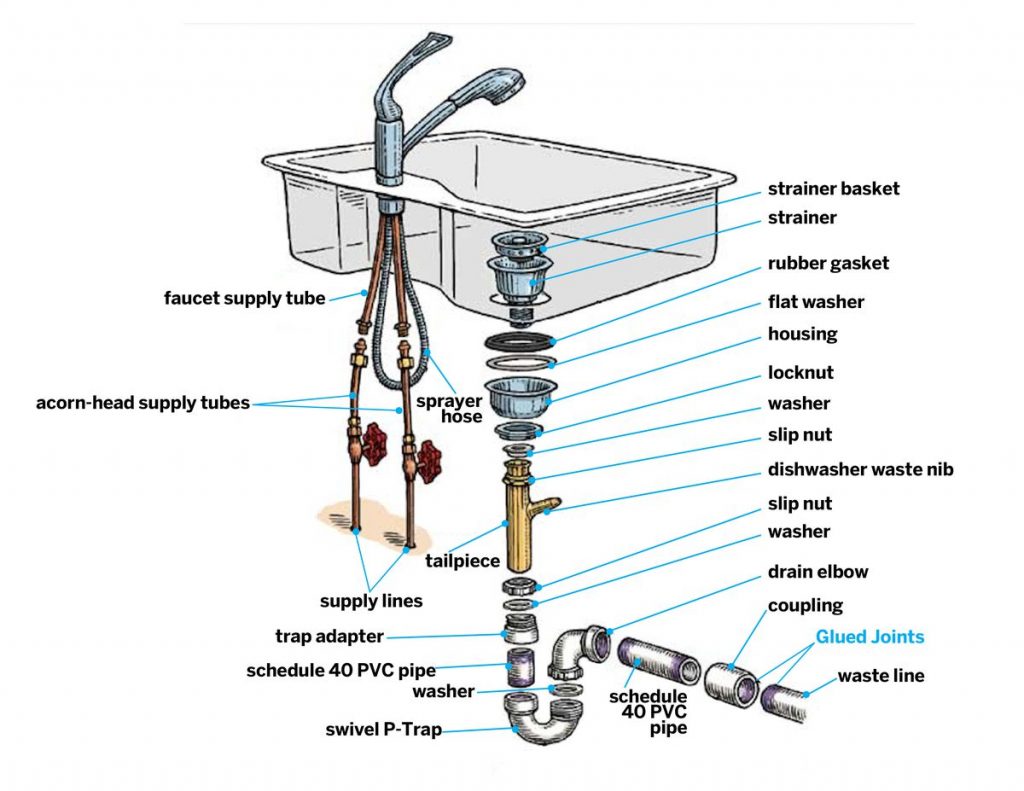


















/how-to-unclog-a-kitchen-sink-2718799_sketch_FINAL-8c5caa805a69493ab22dfb537c72a1b7.png)








